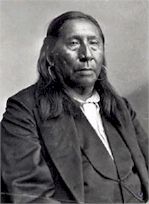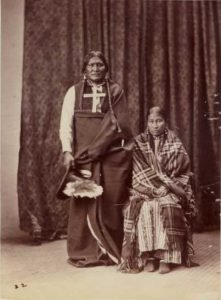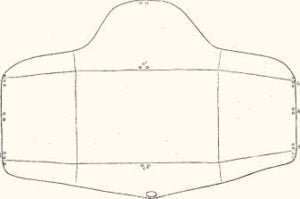Atsina Indians
Atsina Indians. Probably from Blackfoot At-se’-na, supposed to mean “gut people.” Also called: Acapatos, by Duflot de Mofras (1844). A-re-tear-o-pan-ga, Hidatsa name. Bahwetego-weninnewug, Chippewa name, signifying “fall people.” Bot-k’in’ago, signifying “belly men.” Fall Indians, common early name. Gros Ventres des Plaines, derived from an incorrect interpretation of the tribal sign and the qualifying phrase “des Plaines” to distinguish them from the Hidatsa, the Gros Ventres de la Riviere. Haaninin or Aa’ninena, own name, said to signify “white-clay people,” “lime-men,” or “chalk-men.” His-tu-i’-ta-ni-o, Cheyenne name. Hitfinena, Arapaho name, signifying “beggars” or “spongers.” Minnetarees of the Plains, Minnetarees of the Prairies, so … Read more










